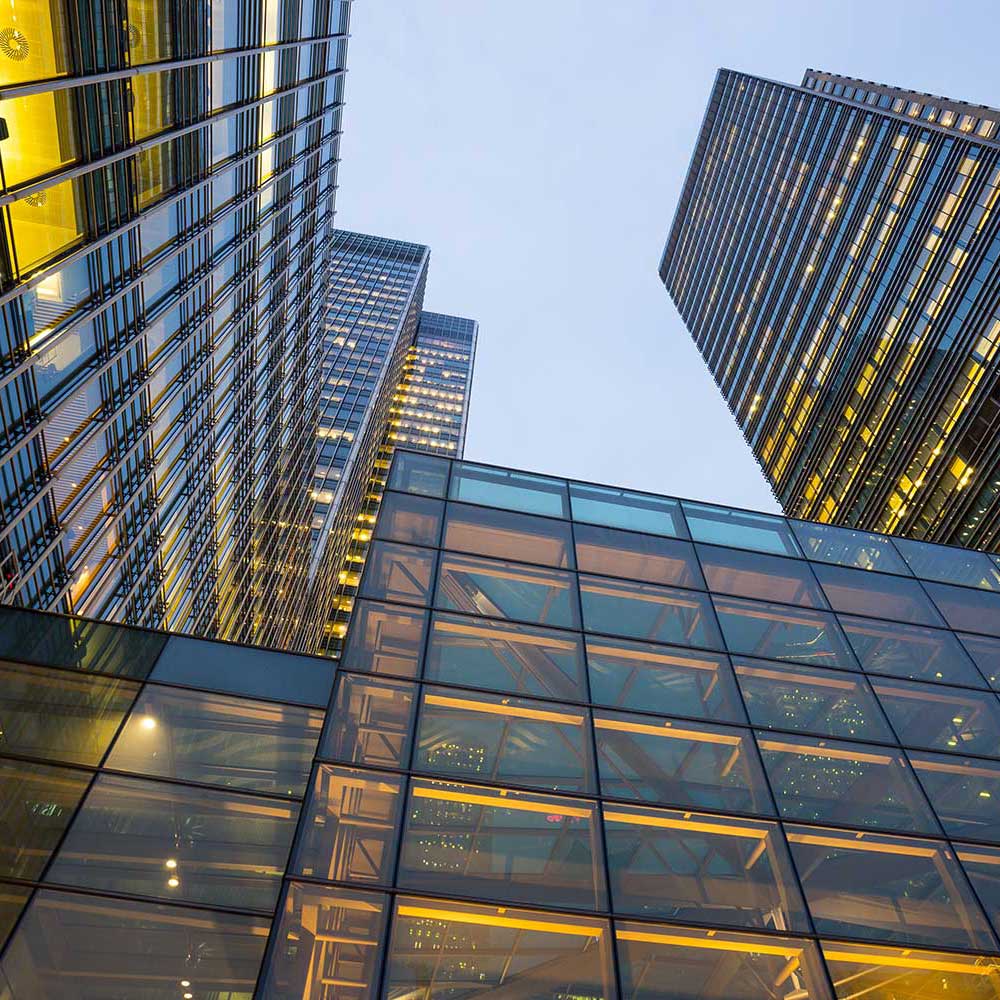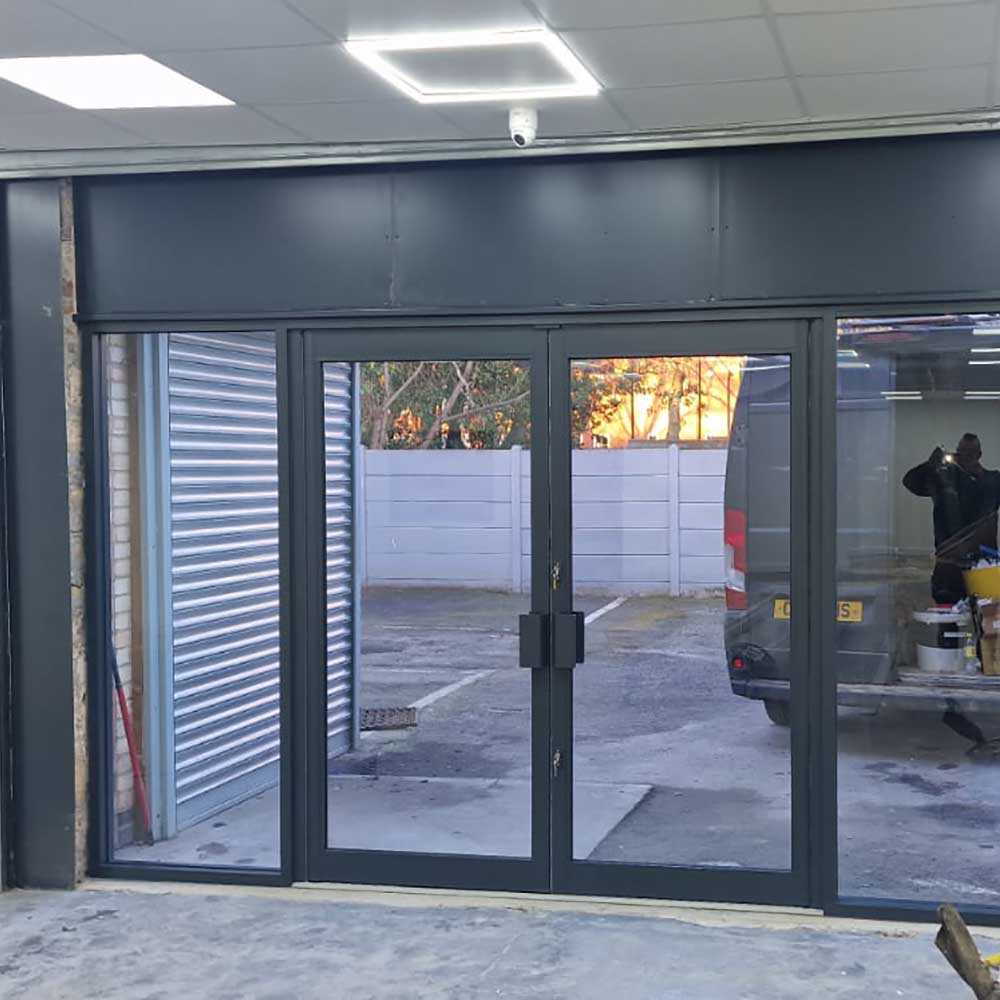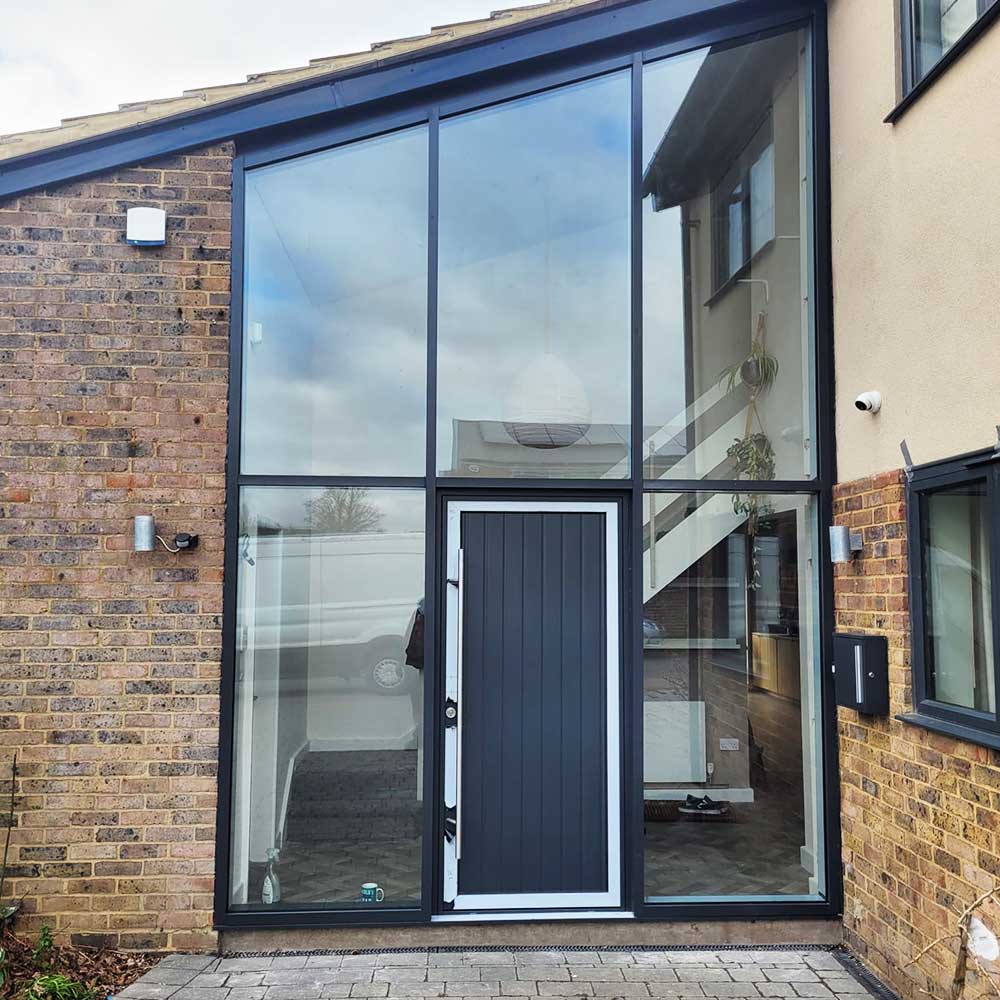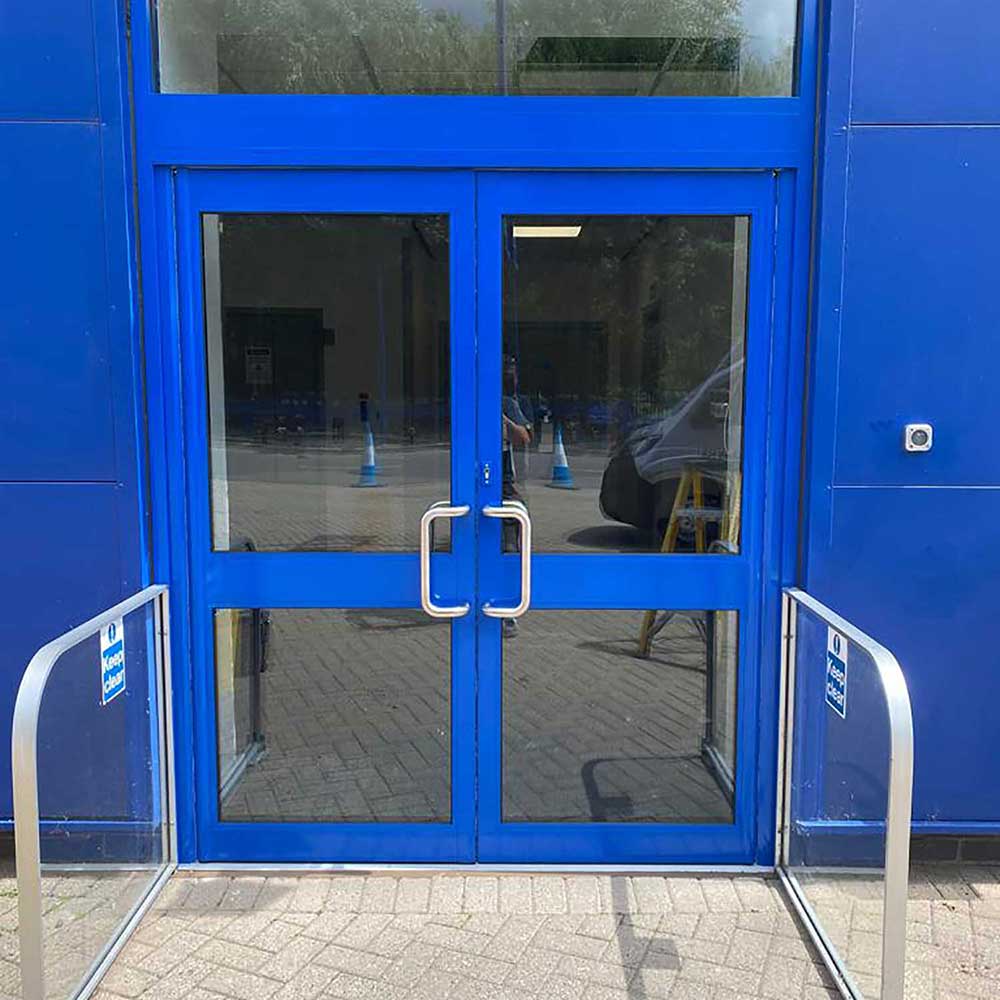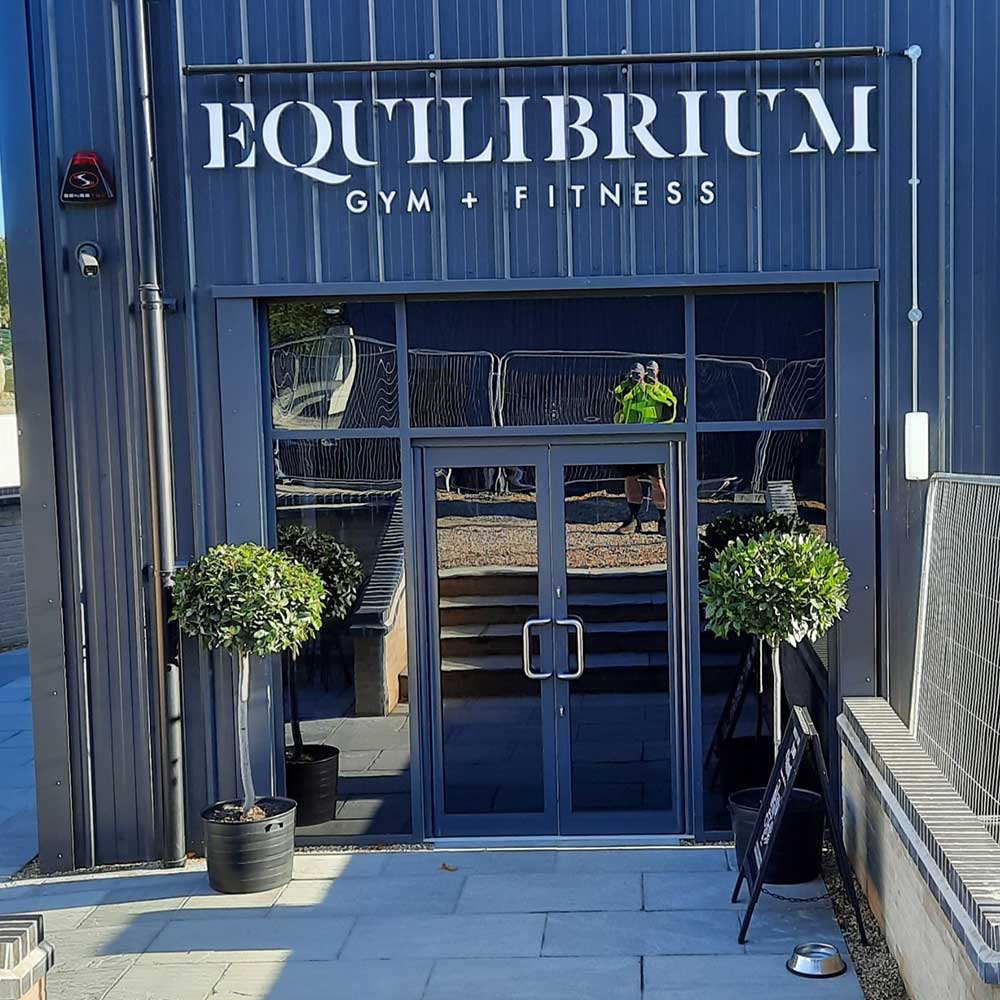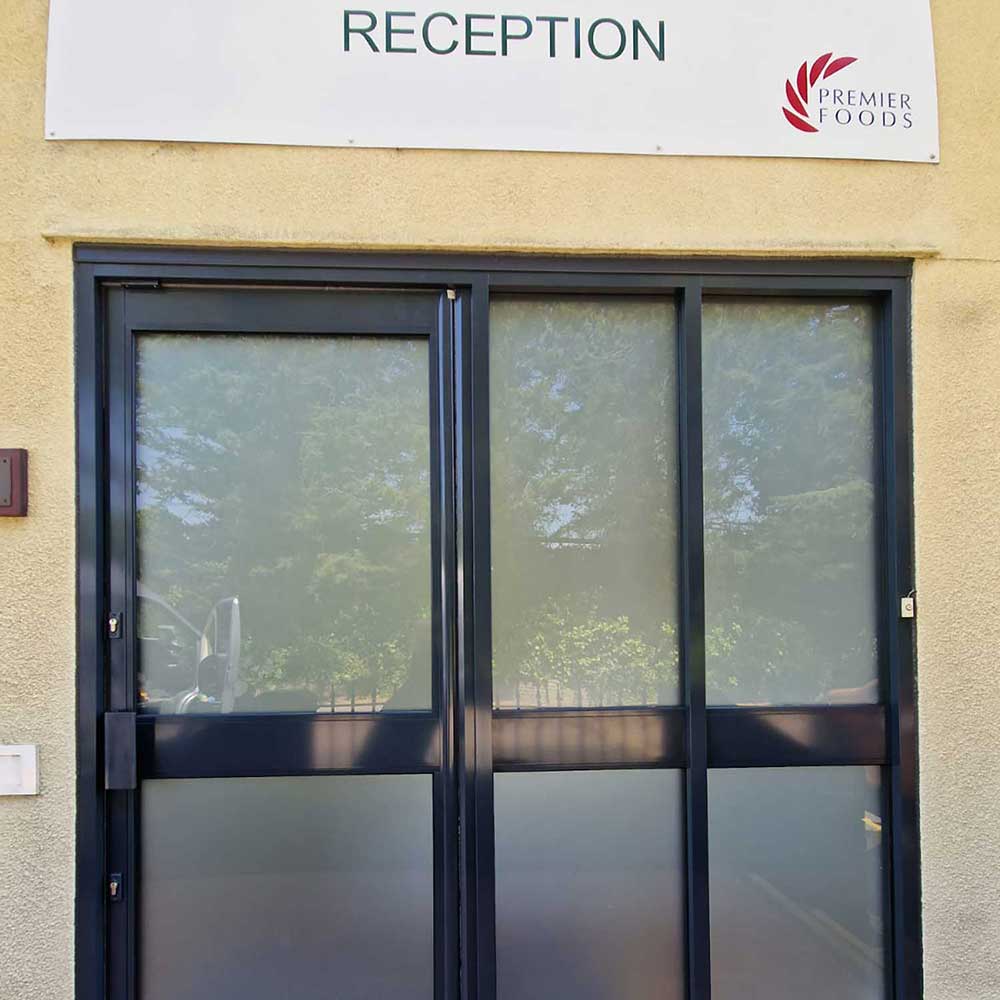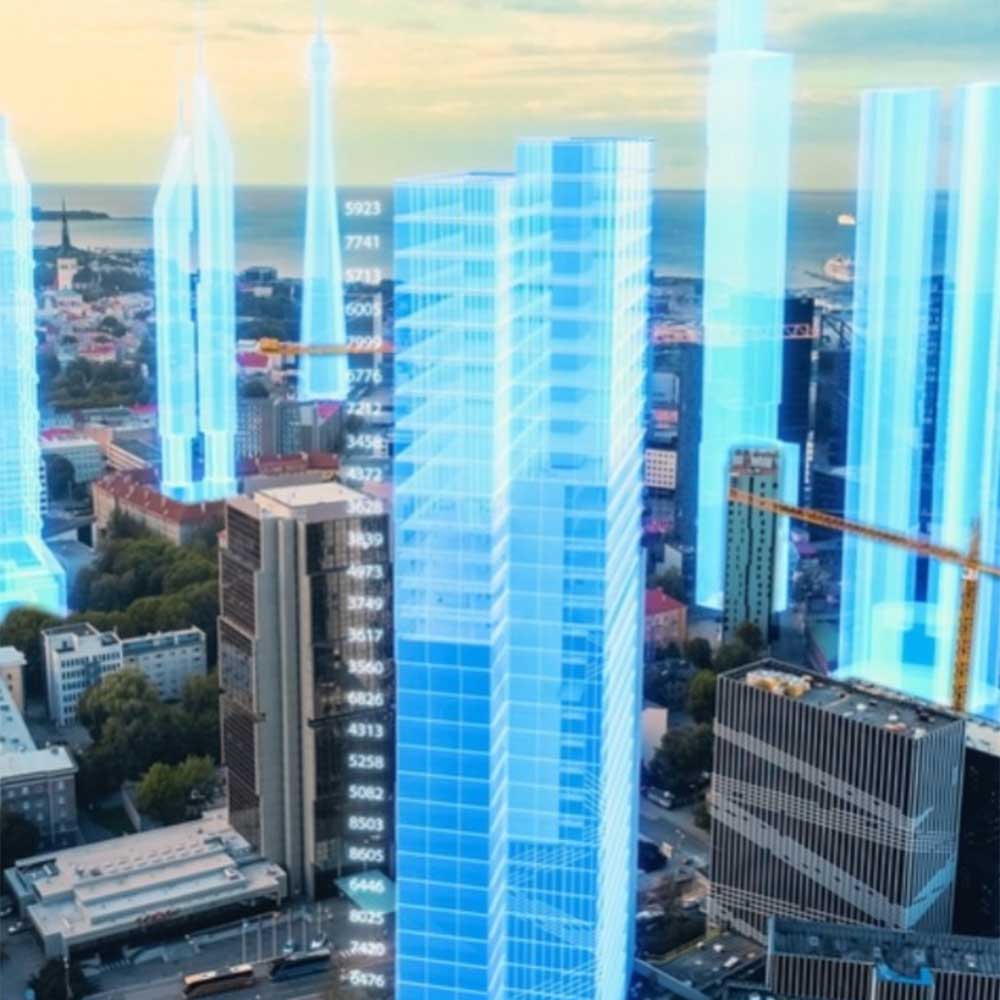Digital Digest – Issue 1:
Smart Façades: Integrating Technology for Enhanced Building Performance
Imagine walking into a building where the walls aren’t just protecting you but actively shaping the environment around you. The first issue of Digital Digest unveils how cutting-edge technologies are transforming façades into adaptive, intelligent surfaces that respond to light, temperature, and energy demands. With innovations like dynamic glazing, automated shading, and sensor-driven systems, façades now react in real time to optimize energy efficiency, enhance comfort, and contribute to sustainability goals. This issue takes you deep into how these technologies are not just enhancing the way we build, but also paving the way for smarter, more efficient cities.
Adaptive Glazing Systems
Adaptive glazing systems are one of the most exciting advancements in smart façade design. These systems use dynamic glass that can adjust its transparency based on external factors such as light levels, temperature, or humidity. The result is a more efficient use of natural light and a better balance between energy consumption and comfort. For example, electrochromic glass, which darkens or lightens in response to electrical voltage, helps to optimize indoor lighting conditions while reducing the need for artificial lighting and minimizing HVAC load. These technologies offer a significant reduction in energy consumption, contributing to a building’s sustainability goals while enhancing user experience by controlling glare and improving thermal comfort.
Integrated Sensor Networks
Another major breakthrough in façade technology is the integration of Internet of Things (IoT)-enabled sensor networks. These sensors monitor a variety of factors in real-time, including structural health, air quality, and energy usage. The data provided by these sensors can be used to detect any potential issues in the façade system, such as cracks or signs of wear, before they become major problems. Additionally, these sensors can optimize building performance by monitoring indoor climate and adjusting lighting, heating, or ventilation systems based on occupancy and environmental conditions. This dynamic response ensures that the building is as energy-efficient as possible and provides occupants with the best possible comfort.
Automated Shading Solutions
Automated shading systems are a key component of smart façades, designed to enhance energy efficiency and occupant comfort. These systems use sensors to monitor the intensity of sunlight throughout the day and adjust shading elements, such as blinds or louvers, to ensure optimal light levels and reduce the need for artificial lighting. These systems can also adjust according to the building’s occupancy, ensuring that spaces are well-lit when in use and reducing shading when rooms are unoccupied. By reducing solar heat gain, automated shading systems lower the building’s energy consumption, especially in terms of cooling, while maintaining a comfortable environment for its users.
The evolution of façade technology marks a pivotal shift in architectural design. No longer mere protective shells, façades have become dynamic elements that interact with their environment. This issue reveals how innovations like adaptive glazing, automated shading, and sensor-driven systems are transforming façades into responsive, intelligent components. These innovations levitate both energy performance and occupant well-being while reinforcing environmental responsibility. The future of façades is one where they evolve from passive structures to active participants in the building’s performance.
